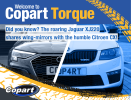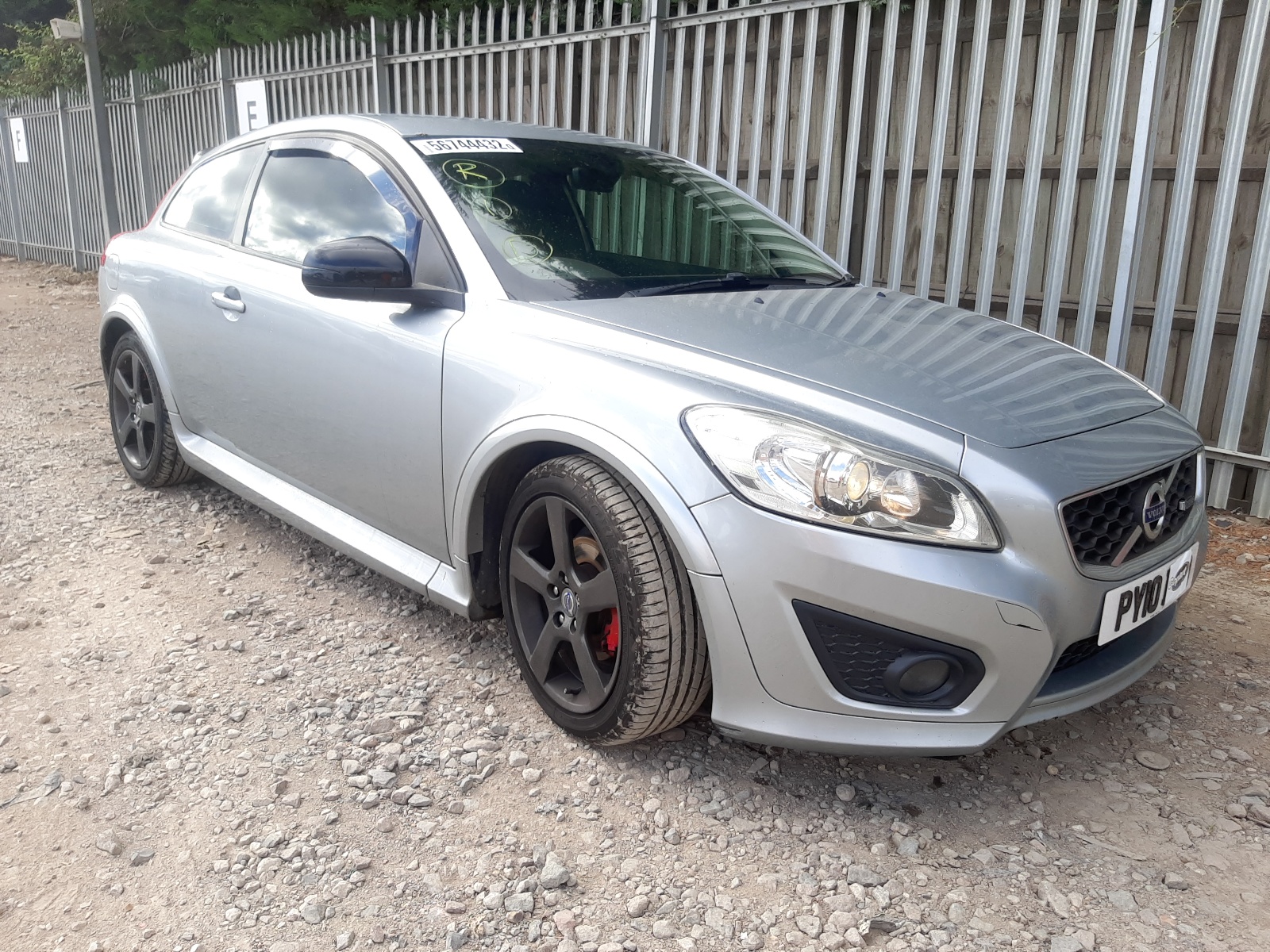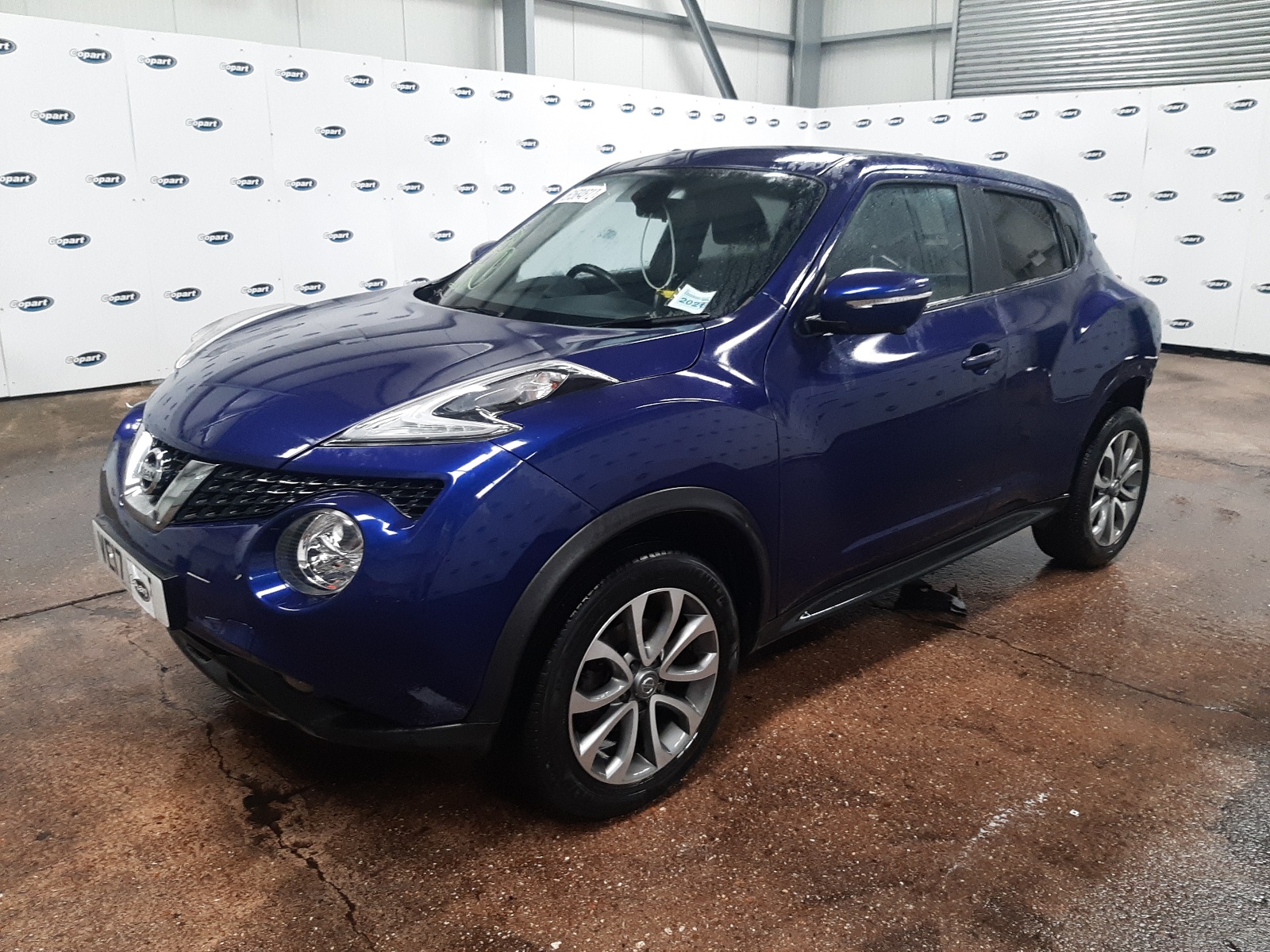
Published: 28/09/2022
So you’ve bought a vehicle from Copart, and scoured the internet looking for original parts for your exact vehicle, but to no avail.
Oh well, you’ll have to wait until one day, eventually, some parts for your exact vehicle become available, right?
Wrong.
Welcome to the wonderful world of OEM parts. You might have heard that term before. OEM stands for Original Equipment Manufacturer.
So, what does that mean, exactly? Well, since car manufacturing became a mass-produced process, car companies have bought parts from OEM’s because it’s cheaper than manufacturing them themselves.
What this means is, that many cars that have no relationship whatsoever can share parts - even body parts. You might have heard of a few of them. Some of these cars that share parts are amazing and hilarious. For example, the Jaguar XJ220, that roaring hyper car from the 90’s, shares wing-mirrors with the humble Citroen CX. How bonkers is that!
So, the long and short of it is that your car could share parts with another, and if you know the part number, you have more flexibility when getting parts through our BreakerBid4U service, or U-Pull-It.
How does BreakerBid4U work? It's quite simple really. You break the parts, and we retain the frame of the car. So, all you need to do is book an appointment with the team, and make your way to one of our seven BreakerBid4U facilities and get to work!
The Ford Motor Group
In 1999, Ford bought Volvo and took a controlling interest in Mazda. This takeover changed the future of all three car companies entirely. All three companies brought something to the table. Volvo had an image problem.
With Volvo’s main selling point being safety, for decades it had suffered with looking somewhat like a 1990’s toaster; so as other car companies started focusing on safety and making significant improvements, Volvo needed something to stay ahead of the curve.
It needed to shake this lockbox-on-wheels image, and Ford’s design team gave Volvo that in spades. They helped make Volvo models what they are today – safe, but sexy.
Under Ford, Mazda was able to solidify its image of making cars that are fun to drive, fuel-efficient, but most importantly – Japanese. Japanese cars still hold a reputation for high quality.
In return, Volvo’s safety technologies and Mazda’s front-wheel drive engineering can be found on Ford models across the range.
In 2010, Ford sold Volvo, and in 2015, they sold their controlling interest in Mazda, so any parts in cars after this may not have the same similarities.



Volkswagen-Audi Group
The Audi A3 and the VW Golf are both rather similar, aren’t they? What if we said they’re entirely the same platform? How about the Skoda Octavia? That’s a Golf based car as well if you want something budget.
The Skoda uses more hard plastics than its more luxury counterparts, but so much of the car is identical to a Golf, it’s almost criminal. The engine, the gearbox, the electronics, the platform, all the same!
Then, there’s the Lamborghini Urus and the Bentley Bentayga. Have you just bought one? Well, if you need parts, look on U-Pull-It for Volkswagen Touareg parts!

![]()

The Hyundai Group
It seems obvious when you think about it, but Kia and Hyundai are actually part of the same group.
The reason it doesn’t seem obvious straight away, it’s because Hyundai and Kia appear to be competitors. However, seeing as this isn’t the case, the Hyundai Group have been very clever. They have monopolised the Korean car market, so no matter which of these two brands you buy, the outcome is the same.
What this means is that you have more choice depending on your preferences, and the parts between the two are often interchangeable. In particular, the drivetrains and platforms are shared across most models.


The Renault-Nissan-Mitsubishi Alliance
This strategic alliance controls eight major brands: Renault, Nissan, Mitsubishi, Infiniti, Renault-Samsung, Dacia, Alpine and Venucia.
Seems like a strange eclectic mix of car brands, right?
What’s different about this alliance compared to the others? It’s a partnership rather than an acquisition or a merger.
Nissan and Renault share a lot of mechanical parts between them, and they have developed several engines and transmissions together as well. However, recently the Alliance announced that they will pump around £20m into developing 35 electric vehicles before 2030.



So as you can see, for so many cars, parts are interchangeable. Make sure you take advantage of this on your next rebuild!
Popular Topics
- Copart's Expanding Network with More Auctions and More Vehicles
Copart has recently announced a significant enhancement to...
- Member Success Stories – Eddie's VW Polo
Hey car enthusiasts! Today, we're diving into the world of vehicle revival...
- Practical Picks: Affordable Cars with Low Maintenance Costs
Why low car maintenance costs matter...
- Copart UK's Top Four Favourite Cars to Modify
Rev your engines and buckle up because today, we're diving headfirst into the world of car mods...
- Winter Wonders: Car Restoration Projects
As winter blankets the British landscape, petrolheads across the nation gear up for a season of precision and passion...
- Member Success Stories – Porsche 911
In our exciting new series showcasing the incredible car restorations...
